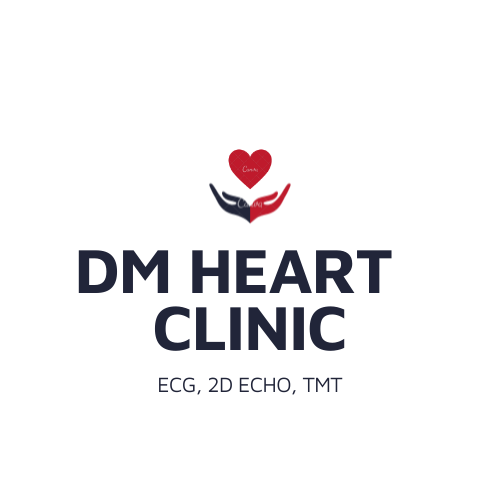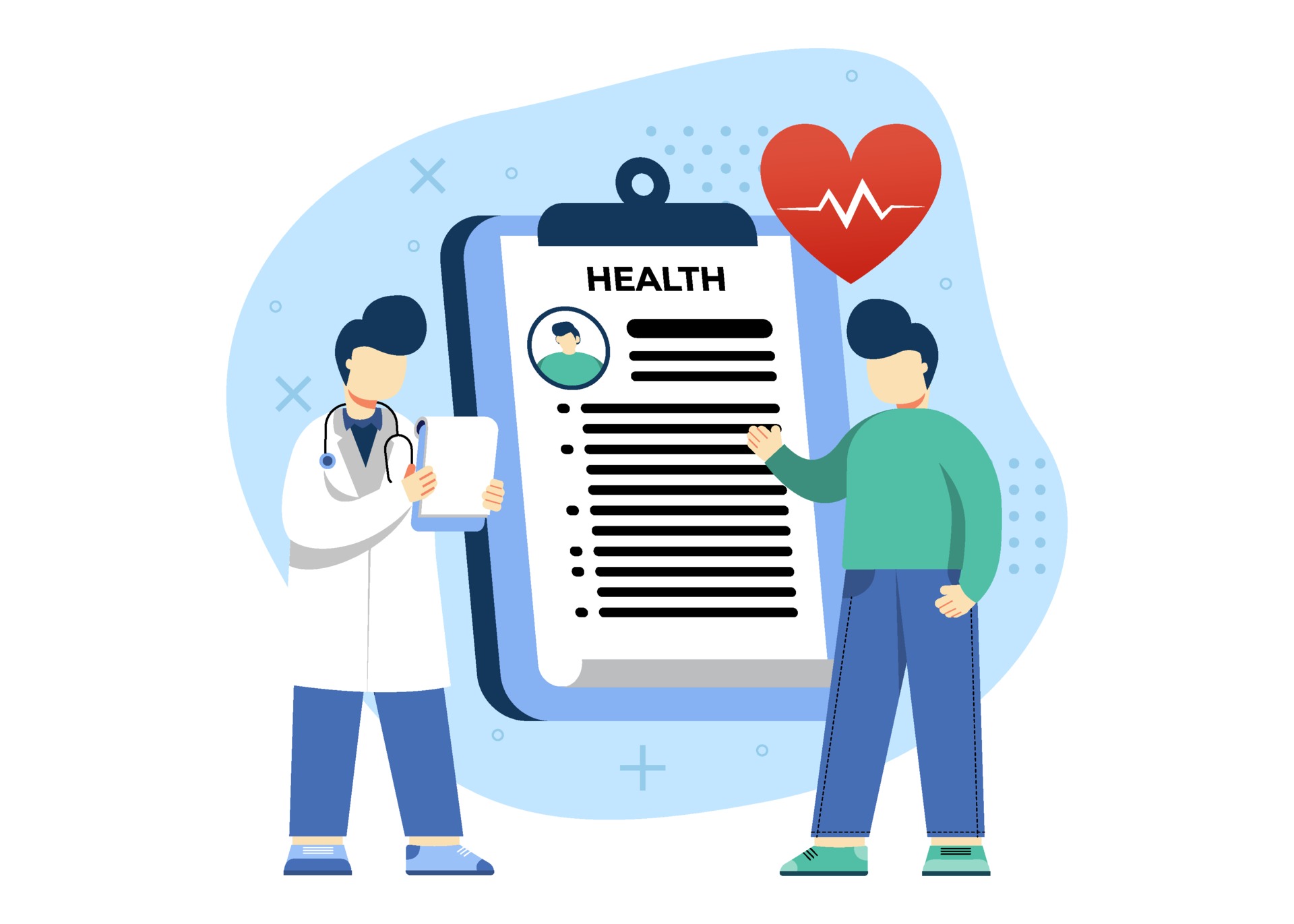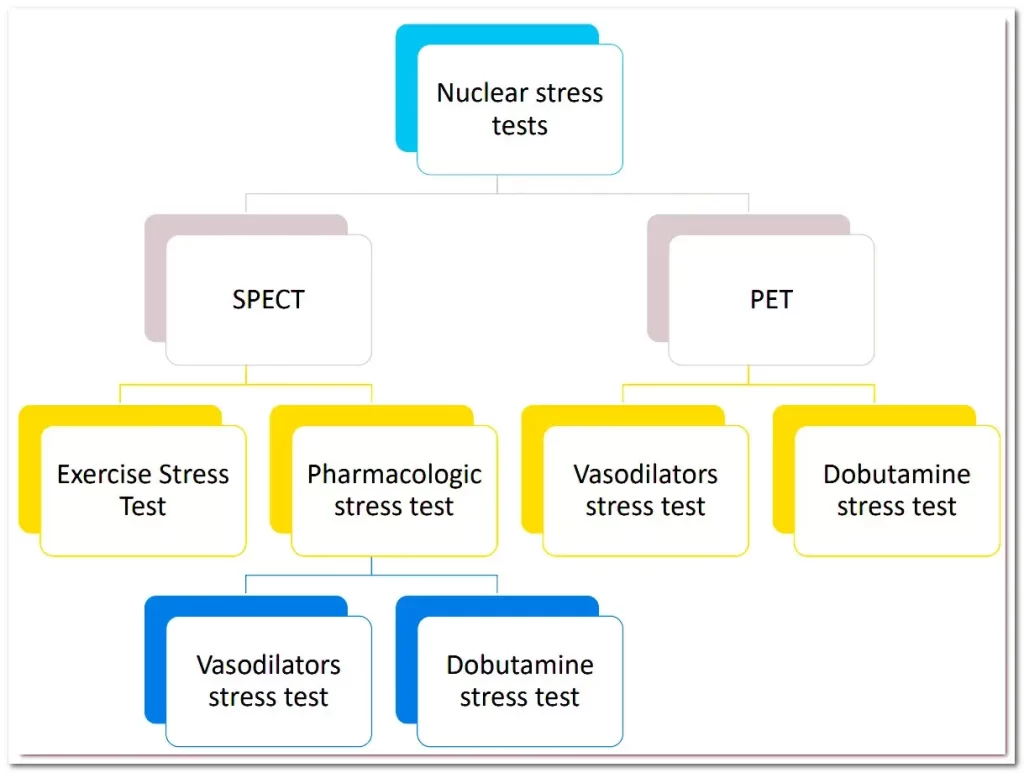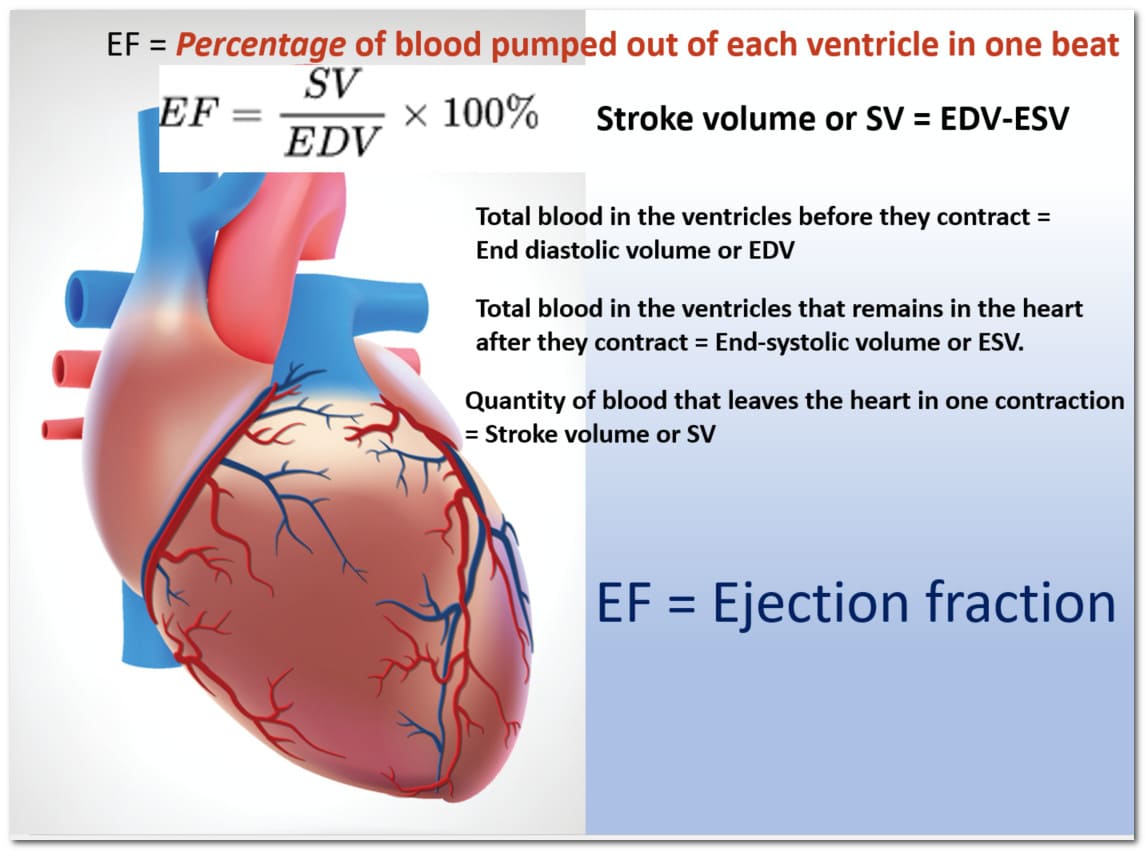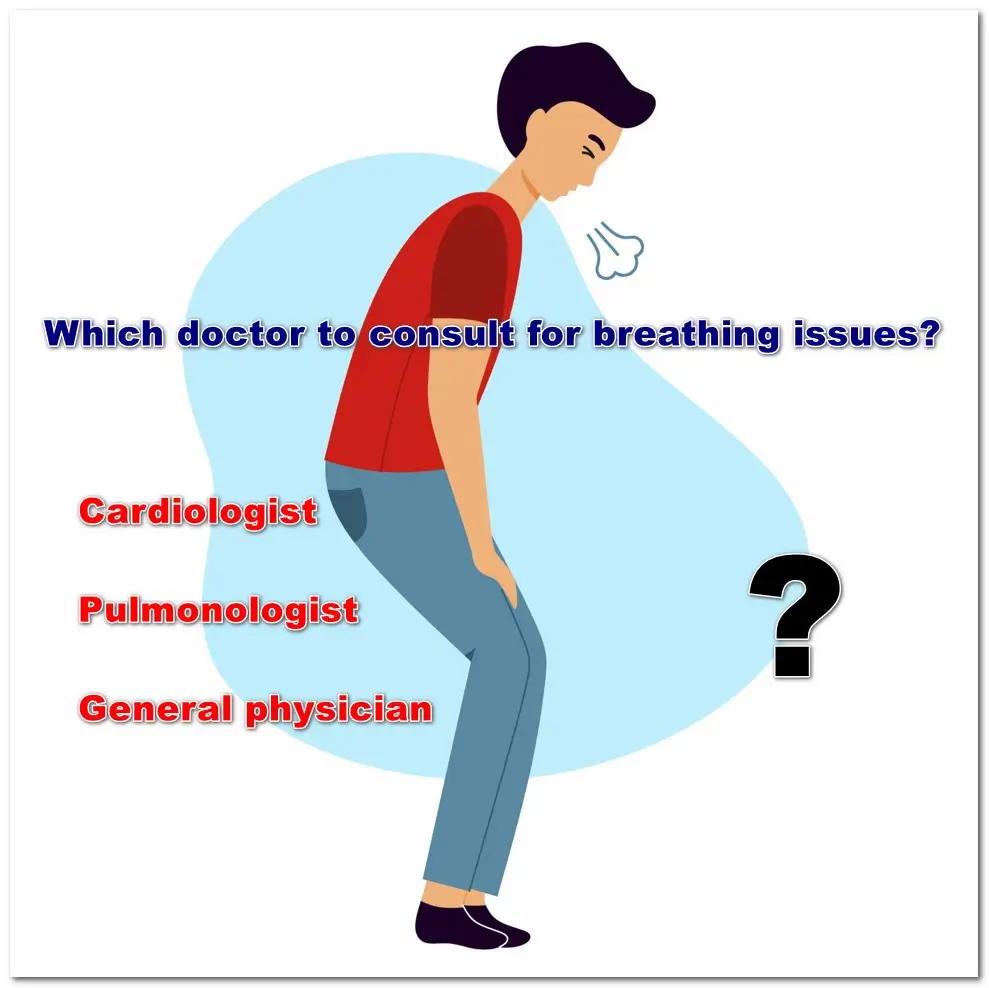Methamphetamine is a powerful stimulant. It works by altering the levels of certain natural substances in the brain. Doctors prescribe Methamphetamine in shallow doses to control conditions like attention deficit hyperactivity disorder. Methamphetamine, or meth, can help you improve your ability to pay attention, stay focused on an activity, and control behavioral issues. It increases energy and alertness by acting on dopamine neurotransmitters in the central nervous system. Thereby it increases heart rate, blood pressure, and metabolism. it is often used as weight loss medication
it’s famous as an illicit drug used recreationally.
It is known for its ability to produce a rush of energy and feelings of invincibility.
Common slang terms for meth include Speed, Crank, Ice, or chalk.
Methamphetamine abuse leads to the development of high blood pressure and arrhythmia.
Serious side effects such as heart attack, sudden cardiac death, brain stroke, seizures, and rhabdomyolysis are reported.
Many meth addicts report sugar is the only food they crave, eat, or drink. When someone is high on meth, they usually have no appetite. Hence they may experience severe and unexpected weight loss.
Meth is known to cause dry mouth, which causes people to crave sugary drinks and foods.
As a result, meth abuse leads to the development of a high-carbohydrate and sugar diet, which can cause blood glucose levels to skyrocket.
Hypoglycemia
Hypoglycemia is When your blood glucose levels fall below a certain level, and you must take action to bring them back up to survive. This usually occurs when your blood glucose level is less than 70 mg/dL.
Lack of appetite or poor appetite is common in math abusers. Decreased intake leads to low glucose levels.
High metabolism due to its stimulant effects consumes more glucose. This, too, increases the risk of hypoglycemia.
Hypoglycemia risk is higher in type 1 diabetes. Type 2 diabetics on insulin or sulfonylurea are also at increased risk of hypoglycemia when they forget to have a meal after taking the medication.
Diabetic ketoacidosis
Diabetic ketoacidosis (DKA) is a severe complication of diabetes. DKA occurs when the blood sugar levels are extremely high and acidic substances known as ketones accumulate to dangerous levels in the body.
It’s less common in people with type 2 diabetes compared to type 1 diabetes.
Meth abuse increases the risk of Diabetic ketoacidosis in type 1 and type 2.
Blood sugar levels tend to fluctuate around meth use. Also, meth use makes the patient consume a more sugary diet. They even forget to take diabetic medication. This puts them at risk for this life-threatening condition.
Poor sugar control over the short term leads to symptoms like Blurred vision, Numb or tingling feet.
Uncontrolled blood sugars over the long term can damage nerves, eyes, kidneys, brain, and heart. This raises the incidence of heart attacks, brain strokes, and kidney failures.
